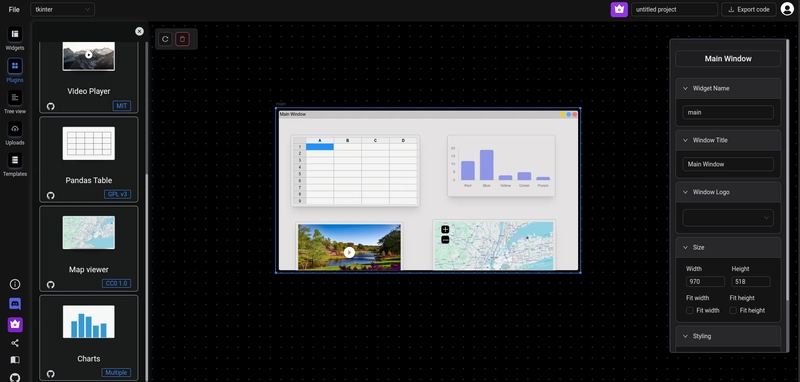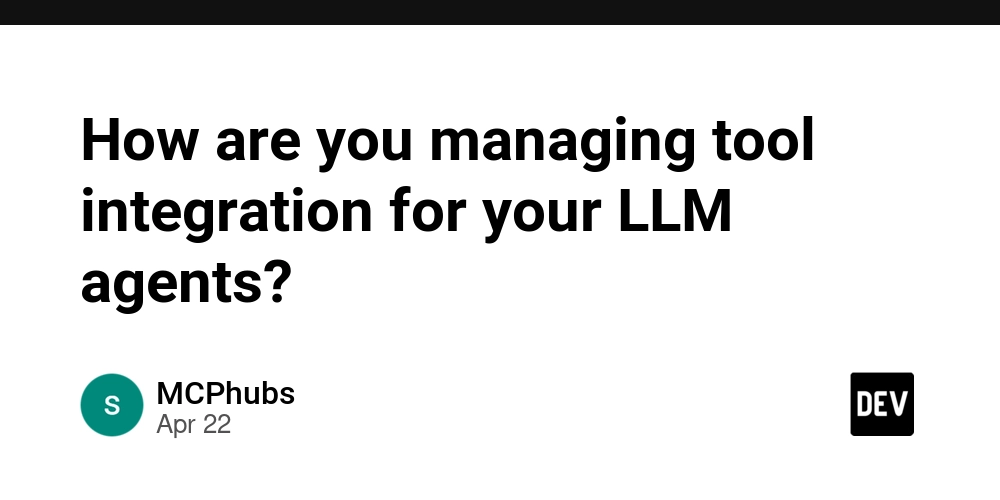Threat Actors May Leverage CI/CD Environments to Gain Access To Restricted Resources
Cybersecurity experts have observed a concerning trend where sophisticated threat actors are increasingly targeting Continuous Integration/Continuous Deployment (CI/CD) pipelines to gain unauthorized access to sensitive cloud resources. These attacks exploit misconfigurations in the OpenID Connect (OIDC) protocol implementation, allowing attackers to bypass traditional security controls and potentially access an organization’s most valuable assets. CI/CD pipelines […] The post Threat Actors May Leverage CI/CD Environments to Gain Access To Restricted Resources appeared first on Cyber Security News.

Cybersecurity experts have observed a concerning trend where sophisticated threat actors are increasingly targeting Continuous Integration/Continuous Deployment (CI/CD) pipelines to gain unauthorized access to sensitive cloud resources.
These attacks exploit misconfigurations in the OpenID Connect (OIDC) protocol implementation, allowing attackers to bypass traditional security controls and potentially access an organization’s most valuable assets.
CI/CD pipelines have become essential components of modern software development, automating the building, testing, and deployment of applications.
These systems typically require privileged access to various resources, including cloud environments, code repositories, and production systems.
This elevated access makes them particularly attractive targets for attackers seeking to compromise an organization’s infrastructure.
Palo Alto Networks researchers identified multiple security vulnerabilities in how organizations implement OIDC authentication for their CI/CD environments.
Their analysis revealed that while OIDC was designed to eliminate the need for storing sensitive credentials in CI/CD workflows, misconfigurations in its implementation could inadvertently create new attack vectors.
OIDC extends the OAuth protocol by adding identity tokens that verify user identities for resource access.
In CI/CD environments, the protocol enables passwordless interaction between CI runners and protected resources, with the CI/CD vendor serving as the identity provider (IdP).
This model eliminates the risks associated with storing long-lived credentials but introduces new security considerations requiring careful configuration.
According to the Unit 42 research team, attackers are specifically targeting the authorization phase of OIDC implementations.
Since CI/CD vendors automatically provide identity tokens to all runners, the security boundary relies heavily on properly configured identity federation policies.
.webp)
Misconfigurations in these policies can allow attackers to obtain valid tokens that meet the requirements for accessing protected resources.
Exploiting OIDC Misconfigurations with Poisoned Pipeline Execution
The most alarming attack vector identified combines Poisoned Pipeline Execution (PPE) with lax OIDC federation policies.
This sophisticated technique allows attackers to escalate privileges by exploiting Remote Code Execution (RCE) vulnerabilities in CI/CD pipelines to obtain OIDC tokens that satisfy overly permissive federation requirements.
In a typical attack scenario, an adversary might target a repository with minimal permissions but vulnerable pipelines.
By exploiting this initial vulnerability, they obtain OIDC tokens that can be used to access more sensitive resources protected by insufficiently specific federation policies.
For example, a policy that grants access to any repository within an organization using the pattern repo:my_org/* creates a significant security risk.
The attack flow typically proceeds as follows:-
1. Exploit PPE vulnerability in a low-security repository
2. Execute arbitrary code in the compromised CI/CD environment
3. Obtain ID token from the exploited machine
4. Use token to access protected cloud resources.webp)
Lax assertions in identity federation policies often include overly permissive conditions that validate claims which could be satisfied by multiple repositories or users.
This effectively negates the security benefits of implementing OIDC.
Organizations can protect themselves by implementing repository-specific federation rules instead of organization-wide patterns, strictly validating claims (especially user-controllable ones), regularly auditing OIDC configurations, and following CI security best practices to prevent PPE vulnerabilities.
.webp)
Palo Alto Networks has updated its Infrastructure as Code (IaC) policies to detect these types of OIDC misconfigurations, alerting users when potentially exploitable configurations are identified.
Investigate Real-World Malicious Links & Phishing Attacks With Threat Intelligence Lookup - Try 50 Request for Free
The post Threat Actors May Leverage CI/CD Environments to Gain Access To Restricted Resources appeared first on Cyber Security News.








































































